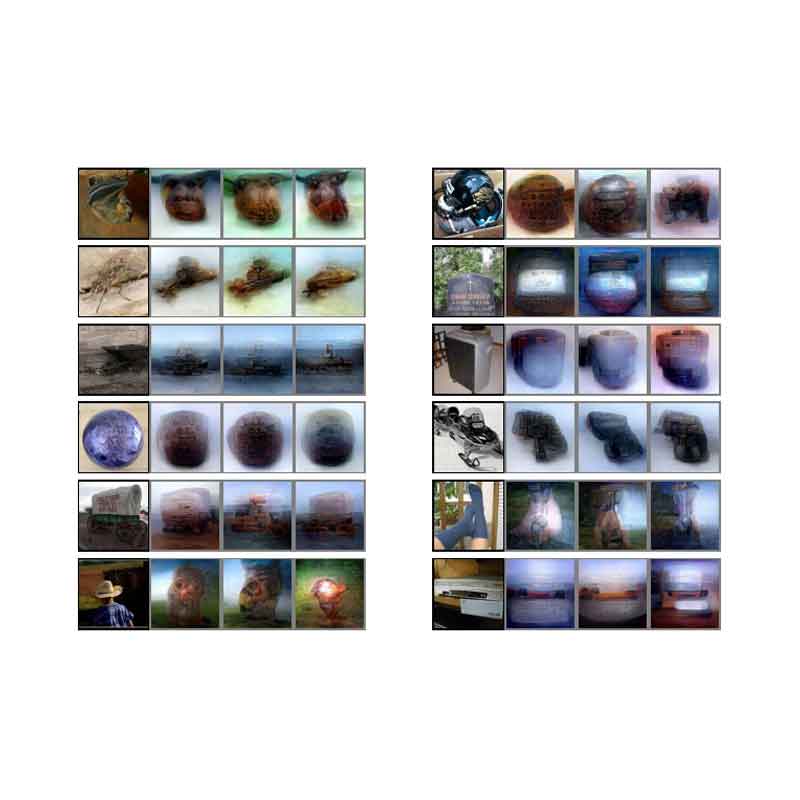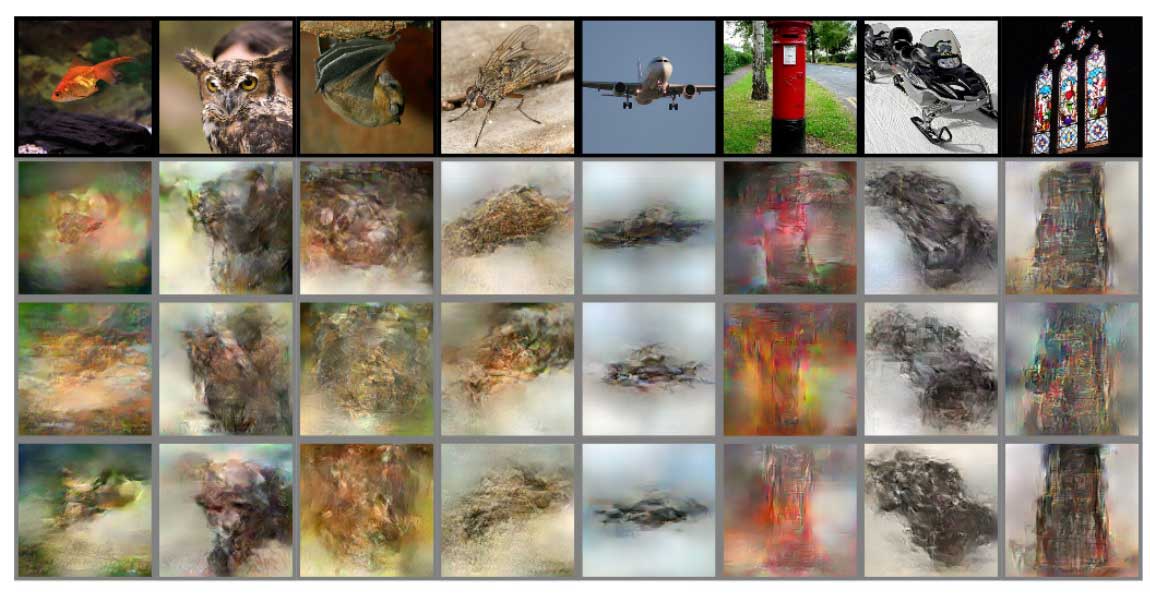
Science-fiction is again coming to reality, and this time, our minds may no longer be a safe haven for secrets.
A team of scientists at Kyoto University in Kyoto, Japan, released the results of their research on using Artificial Intelligence (AI) to decode thoughts on the scientific platform, BioRxiv.
Guohua Shen, Tomoyasu Horikawa, Kei Majima and Yukiyasu Kamitani, who are four scientists involved, have constructed the AI algorithms to see into a person's mind, to determine what's being thought.
To be able to do this, the AI was given an Functional magnetic resonance imaging (fMRI) brain scan image, taken while a person is looking at a picture. It then generates a written description of what it thinks the person was viewing.
The following image describes it: the top row shows what a human saw. And the three rows below that, shows three different ways the AI interpreted fMRI scans from a person viewing that image.

Previously, machine learning has been used to study MRI brain scans and generate visualizations of what a person is thinking. But here, it refers to simple, binary images like black and white letters or simple geographic shapes. The scientists in Japan have improved that, allowing computers to decode more sophisticated “hierarchical” images, which have multiple layers of color and structure.
An illustration of the level of complexity it can offer is: "A dog is sitting on the floor in front of an open door" or "a group of people standing on the beach." Both of those turn out to be absolutely accurate.
"We have been studying methods to reconstruct or recreate an image a person is seeing just by looking at the person’s brain activity," said Kamitani, one of the scientist. "Our previous method was to assume that an image consists of pixels or simple shapes. But it’s known that our brain processes visual information hierarchically extracting different levels of features or components of different complexities."
Deep image reconstruction: Visual imagery (imagined images)https://t.co/xBJLJwWioB
— 'Yuki' Kamitani (@ykamit) December 28, 2017
How the AI works involve complex methods, and the experts are currently mapping sections of the brain to collect data that helps them understand human interactions.
The human subject remains inside an fMRI while the machine detects changes in blood flow in the brain to measure neurological activity. And here the experiment disclosed that at least one-third of the brain’s cerebral cortex was involved in language processing, including areas dedicated to high-level cognition.
The potential of this advancement is almost limitless. But putting aside the dystopian future, the technology can help create better lie detector and others that involve brain-machine interface. It can also be used for researchers to better understand how the human brain processes information, which include vision, semantics, languages, impressions and others.
Such data-driven techniques could also give a voice to those who cannot speak, study how autistic children respond to faces, help those with motor neuron diseases or victims of brain damage or stroke.
But here, memory technology comes with many limitation. One of the most prominent, is the lengthy and expensive process. For example, the researchers in Japan had conducted 200 test rounds for each participants. What's more, if companies and organizations want to implement such mind-reading technology, they need to deal with several human rights violations.